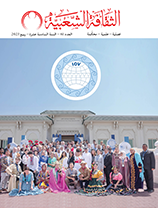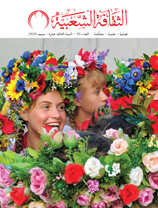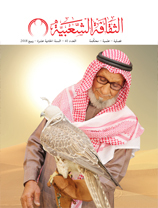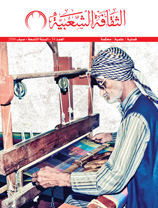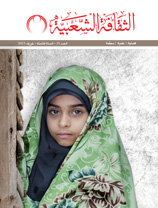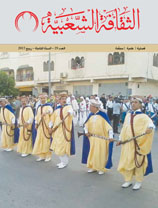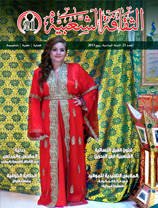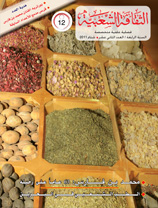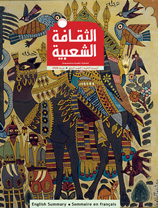Women’s folk costumes in Hebron
Issue 24

Attire serves as a powerful language that describes a nation and its customs, traditions and heritage. It is no exaggeration to say that clothing is among the most important symbols of heritage; costumes and clothing serve as social, economic and cultural indicators.

By wearing a costume, a person offers information about his or her class, social status, work, gender and age. With a variety of styles and colors, costumes reflect the different eras that the nation has experienced. Nations use costumes as a means of recording their celebrations and their ways of living.
While many nations and governments focus on folkloric heritage, Palestinian folkloric heritage has distinctive characteristics due to the daily hardships of occupation and the attempts to appropriate our heritage, steal aspects of our identity, and separate our past from our present with the goal of removing Palestinians from the land.
The aim of this research is to study women’s folk costumes in the District of Hebron. This is an important topic because Hebron is the target of an Israeli campaign to conceal, stamp out and Judaize our ancient Palestinian heritage in order to weaken Palestinian identity.
The Occupation’s authorities attempt to Judaize Palestinian folkloric heritage in several ways, one of which is to claim that Palestinian folk costumes are Jewish. The Palestinian people are being subjected to attempts to obliterate their Arab identity and all that connects them to the past.
In light of this, it is our national and pan-Arab duty to protect, preserve and promote our folkloric heritage, and to commit to our Palestinian identity by bringing back folk costumes and wearing them whenever possible. We believe the protection and revival of heritage will preserve the Palestinians’ national culture and character.
This paper offers researchers a simple and modest summary of a subject that deserves significant study and research.
The first part of this paper includes a definition of folk costumes and their importance and function, while the second part focuses on women>s folk costumes in both the city and the suburbs of the District of Hebron.
The ceramic industry: The story of Moroccan clay
By Ibrahim Al Hajari, Moroccan researcher
Both Arab and foreign visitors are drawn to Safi city for its ceramics. On Morocco’s Atlantic coast, Safi has an ancient history that includes enduring tales and myths. Despite geo-historical challenges, the city has survived to narrate tales in clay and pottery.
A number of books and studies have been written about the history of the city’s ceramics and its origin, its pioneers and its markets. Although Safi’s ceramics are internationally renowned, the potters still use simple tools. This enhances the ceramics’ folkloric qualities and popularity at a time when there are modern metal and brick industries. Safi is a place of rare innovation, especially Potters> Hill, where potters have kilns and huge workspaces and there are many shops and bazaars in which to sell and exhibit products.
From Potters> Hill, the ceramics are shipped to Europe and beyond. Safi’s pottery is unique because of the potters’ patience and craftsmanship. The ceramics from Potters> Hill reflect the story of Moroccan clay, and share this story with the world.
According to studies in history, archaeology and heritage, Morocco has had ceramics and pottery for centuries; Moroccan museums display pieces of pottery that prove this. Some studies confirm that the ceramics industry, which came from Andalusia, has existed in Morocco since the 12th Century. This is especially true of the city of Fez, which received delegations from Andalusia due to the political and religious conflicts at the time.
In his book ‘Description of Africa’, Hassan Al Wazzan described the skillful, brightly colored pottery at ceramic shops in Fez at the beginning of the 16th Century AD.
Studies rarely mention Safi, making it difficult to determine when its ceramic industry began. This paper presents evidence that the industry has existed in Safi for a very long time.
Naheda Al Kiswani
Palestine











